After a summer of unrest, mural artists have been busy documenting the struggle for social justice in America
Photos By: Gavin Waller
There’s a special power that comes with public art. Whether it’s the size, its message, or the design, public murals serve a bigger purpose. “The public aspect of it is important because it gives people access to art that they normally wouldn’t have,” said Iowan and mural artist Shelby Fry. “People are passionate about public art and its ability to express different people’s opinions.”
But this year, there has been a lot of unity—at least when it comes to public art. The nation went through a summer of reckoning, confronting social inequality and racial injustice, and uncovering large divides between many Americans. The country’s mural artists, though, have been speaking with one clear voice. George Floyd pieces have popped up around the country, gracing everything from massive walls in his hometown of Houston to boarded up windows in Oakland, each a reminder of racial profiling and police brutality. Other murals call for action, justice, and unity. Cities have painted massive Black Lives Matters logos on streets. And here in the Midwest, numerous social justice murals have popped up in the last few months. This is a look at just a few of these new pieces of public art.
“Solidarity”, located on the south wall of the Five Flags Event Center in Dubuque, Iowa, features a row of clenched firsts, all of different skin tones, with letters in different fonts spelling out solidarity. It’s a deliberate homage to the Black Lives Matter movement, as well as a call-to-action for America to set aside its differences for a common goal.
“I wanted to show that Dubuque stands for solidarity and strength amongst its citizens through the multi-colored fists,” said Fry, the artist responsible for the mural.
Specific letters carry special significance. The “O” is formed by the wheelchair, intended to acknowledge people of cognitive and physical disabilities. The “D” is a rainbow turned on its side, representing members of the LGBTQ community. And the heart dotting the “I”: the love necessary to make this all happen.
“We need to come together in times of uncertainty and show that each life is important,”
Shelby Fry
”And if we work together, we can make something beautiful.”
The “Love Blooms” mural, located at the corner of Court and 2nd Ave. in downtown Des Moines, Iowa, is a special piece done by local artist Jenna Brownlee. The mural features the word “love” with flowers blossoming all around it. The typography, specifically the O and V, are painted as shapes to symbolize and celebrate global peace and diversity. Surrounding the word are the national flowers of a slew of different countries: the Bosnian Lily for Bosnia; the lotus flower for India; dahlias for Mexico; the protea for South Africa. All those blossoms represent the diversity within Des Moines and Iowa as a whole.
“I paint a lot of flowers, it’s a signature part of my work, so it felt really constructive to achieve a positive message with something that I love to paint,” Brownlee said.
And tucked among them all those flowers is the prairie rose. The Iowa State Flower is a shout out to the place all those people call home.
“It’s representative of who we are as the people of Iowa, to celebrate that in a positive way. I think that’s very much needed at this time in our society and our community,”
Jenna Brownlee
“Falling Upward”, splashed across the side of an old fraternity house, is located at 720 N. Dubuque St. in Iowa City. The new mural was created by Tierra Armstrong this past summer.
This mural’s main feature: a stylized portrait of George Floyd, with a protective mask draped around the ear. What makes “Falling Upward” unique, though, is the fact Floyd’s face is accompanied by a backdrop of rural Iowa. The idea between the merger of the two was to connect this past summer’s events to the Hawkeye state.
“The owner originally wanted a piece dedicated towards the state of Iowa,” Armstrong said. “But as the year progressed and things happened, he felt it would be more moving if we had something that represented the times we were living in as well as create an ode to what the community had done and represented during the protests.”
As vehicles passed by the painting, that same community Armstrong was assigned to portray took notice. For Armstrong and artists alike, it was influential to see, hear, and feel the community in which she not only displayed, but represented.
“It was nice to be in a place like Iowa where they have so much pride for their state,” Armstrong said. “I thought it was beautiful how they can create a strong community. People were warm and hardworking. It was nice to experience the community I was assigned to represent.”


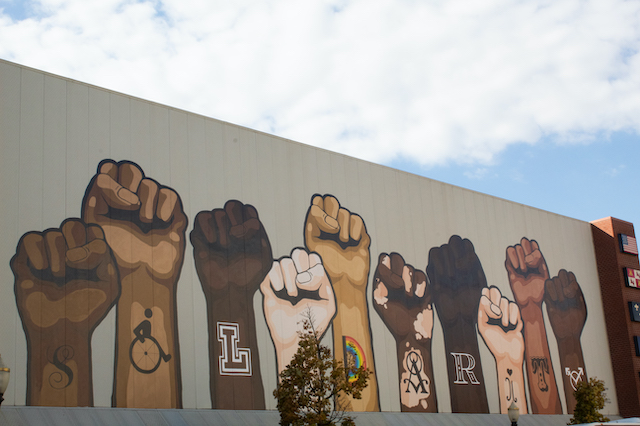
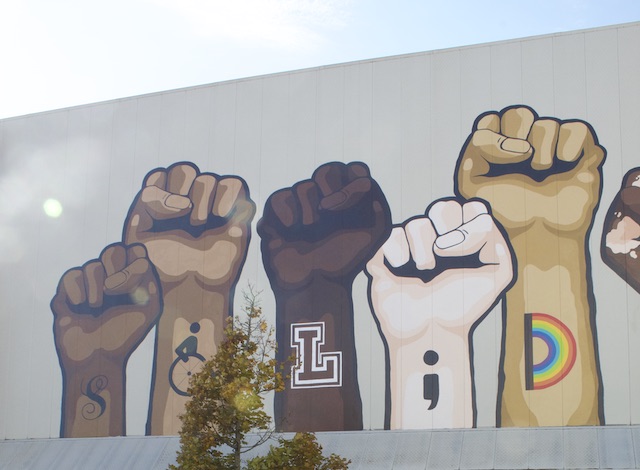
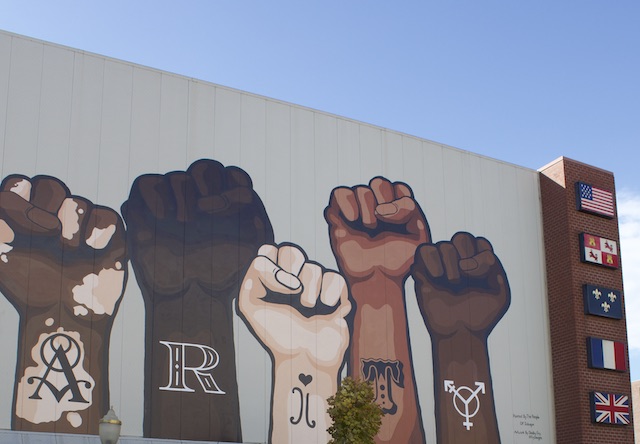
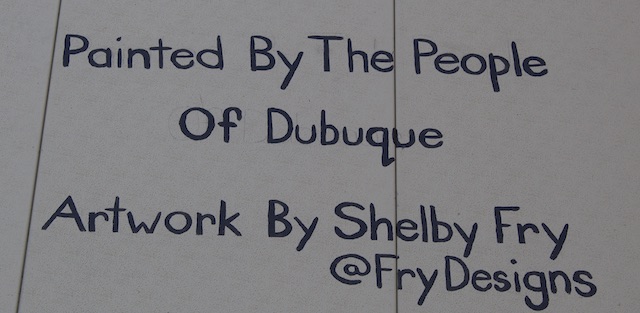
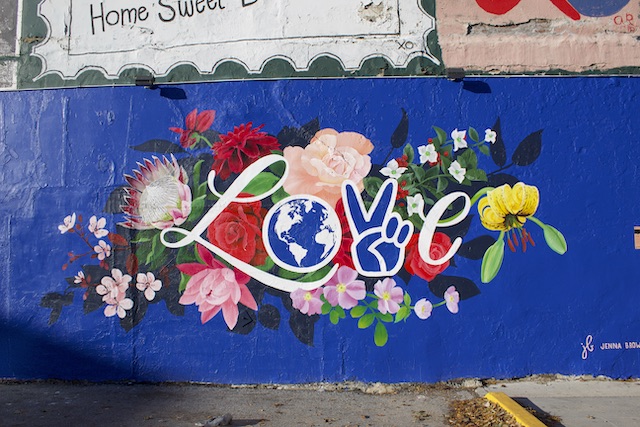
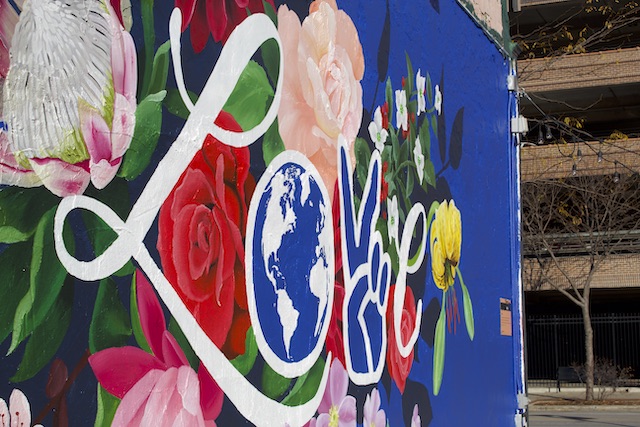
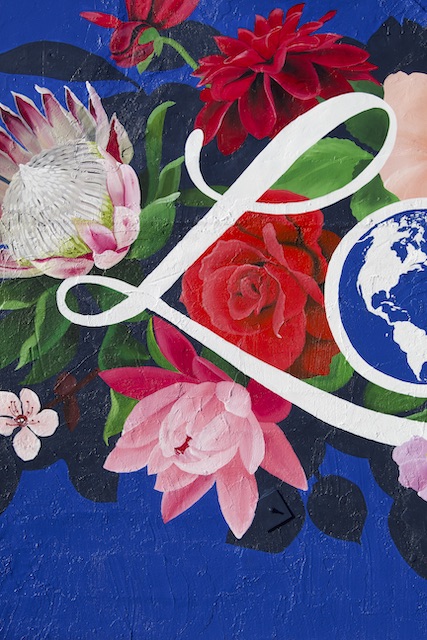
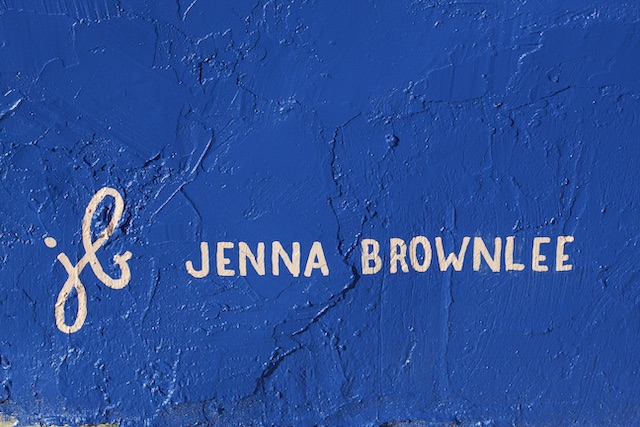
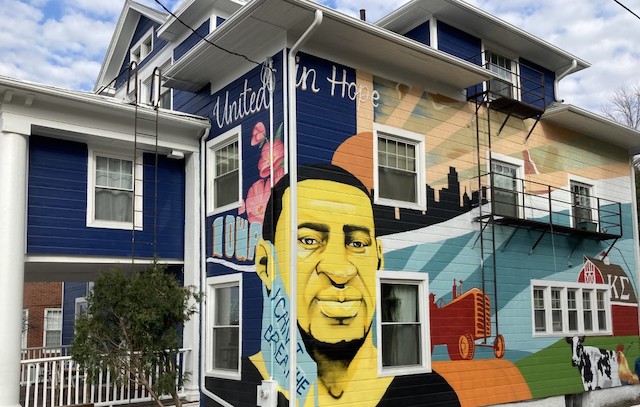
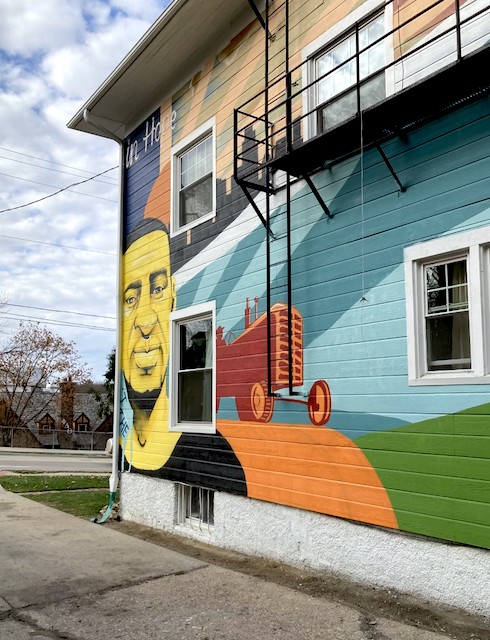
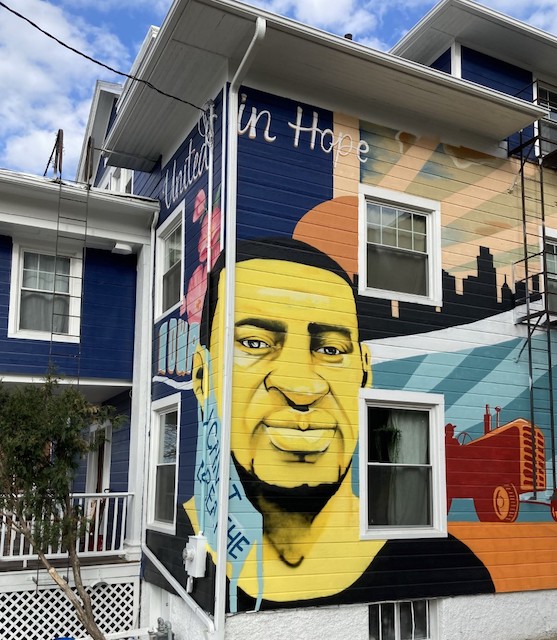
Great article! These are some beautiful murals across Iowa, thanks for sharing them!